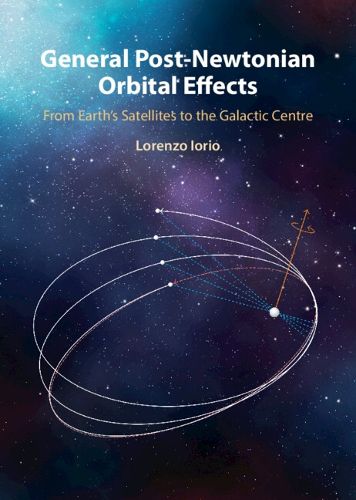Readings Newsletter
Become a Readings Member to make your shopping experience even easier.
Sign in or sign up for free!
You’re not far away from qualifying for FREE standard shipping within Australia
You’ve qualified for FREE standard shipping within Australia
The cart is loading…






Orbital motions have always been used to test gravitational theories which, from time to time, have challenged the then-dominant paradigms. This book provides a unified treatment for calculating a wide variety of orbital effects due to general relativity and modified models of gravity, to its first and second post-Newtonian orders, in full generality. It gives explicit results valid for arbitrary orbital configurations and spin axes of the sources, without a priori simplifying assumptions on either the orbital eccentricity or inclination. These general results apply to a range of phenomena, from Earth's artificial satellites to the S-stars orbiting the supermassive black hole in the Galactic Centre to binary and triple pulsars, exoplanets, and interplanetary probes. Readers will become acquainted with working out a variety of orbital effects other than the time-honoured perihelion precession, designing their own space-based tests, performing effective sensitivity analyses, and assessing realistic error budgets.
$9.00 standard shipping within Australia
FREE standard shipping within Australia for orders over $100.00
Express & International shipping calculated at checkout
Orbital motions have always been used to test gravitational theories which, from time to time, have challenged the then-dominant paradigms. This book provides a unified treatment for calculating a wide variety of orbital effects due to general relativity and modified models of gravity, to its first and second post-Newtonian orders, in full generality. It gives explicit results valid for arbitrary orbital configurations and spin axes of the sources, without a priori simplifying assumptions on either the orbital eccentricity or inclination. These general results apply to a range of phenomena, from Earth's artificial satellites to the S-stars orbiting the supermassive black hole in the Galactic Centre to binary and triple pulsars, exoplanets, and interplanetary probes. Readers will become acquainted with working out a variety of orbital effects other than the time-honoured perihelion precession, designing their own space-based tests, performing effective sensitivity analyses, and assessing realistic error budgets.